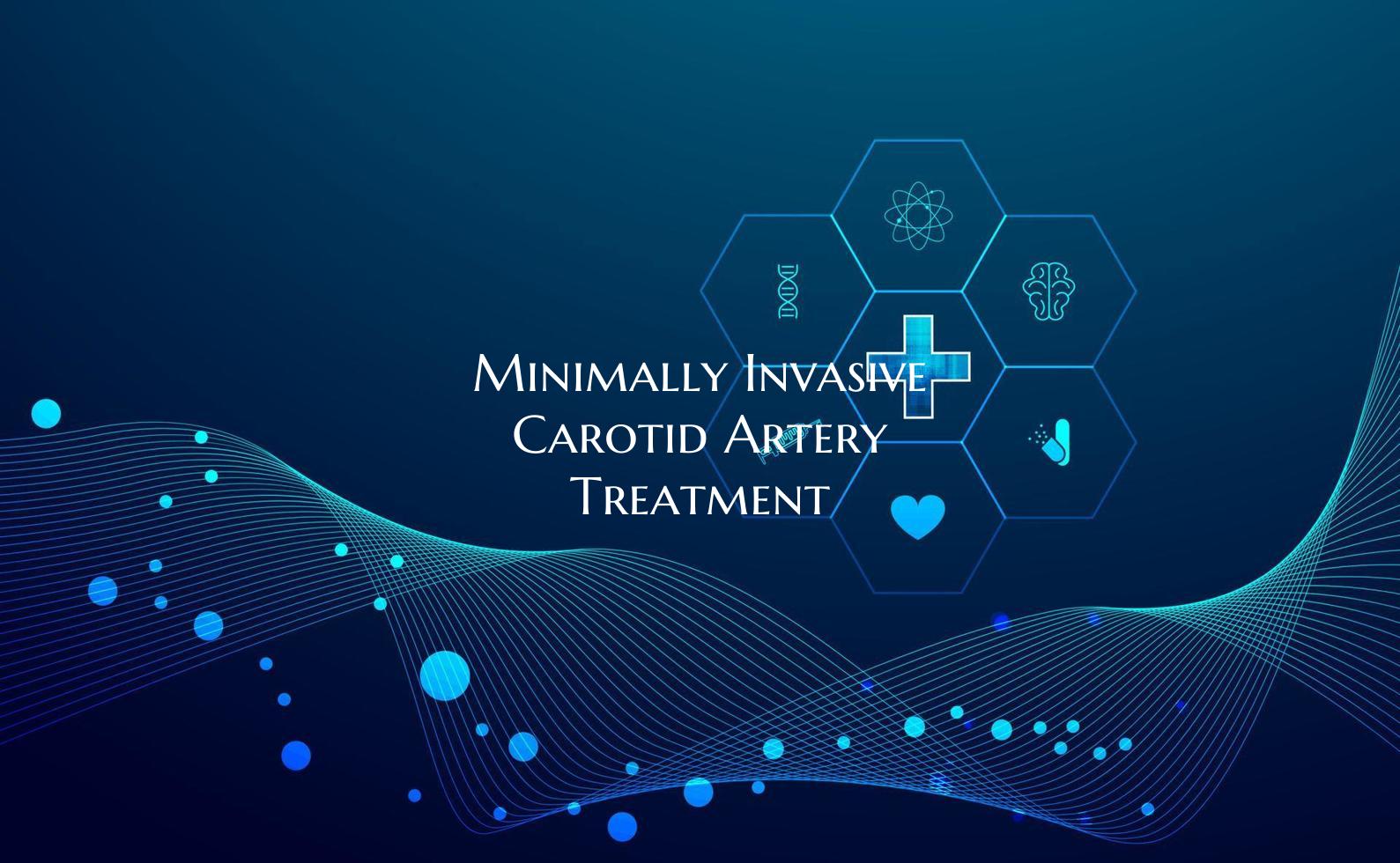
Minimally Invasive Carotid Artery Treatment
Minimally Invasive Carotid Artery Treatment
Carotid artery disease, a condition characterized by the narrowing of the carotid arteries due to the build-up of plaque, can increase the risk of stroke and other cardiovascular events. Traditionally, surgical procedures such as carotid endarterectomy have been performed to treat this condition. However, advancements in medical technology have led to the development of minimally invasive treatments for carotid artery disease.
Minimally invasive carotid artery treatments offer several advantages over traditional open surgeries, including smaller incisions, reduced risk of complications, shorter recovery times, and lower overall healthcare costs. One common minimally invasive procedure used to treat carotid artery disease is carotid artery stenting.
During a carotid artery stenting procedure, a thin, flexible tube called a catheter is inserted into the narrowed carotid artery. A stent, a small mesh tube, is then placed at the site of the blockage to help widen the artery and improve blood flow. This procedure is performed under local anesthesia and usually involves a shorter hospital stay compared to traditional surgery.
Minimally invasive carotid artery treatments are generally well-tolerated by patients and have been shown to be effective in reducing the risk of stroke and improving overall outcomes. However, not all patients may be suitable candidates for these procedures, and the decision to undergo minimally invasive treatment should be carefully considered in consultation with a qualified healthcare provider.
In conclusion, minimally invasive carotid artery treatments represent a significant advancement in the management of carotid artery disease. These procedures offer a less invasive alternative to traditional surgeries, with comparable outcomes and reduced recovery times. Individuals with carotid artery disease should discuss their treatment options with a healthcare provider to determine the most appropriate approach for their specific condition.